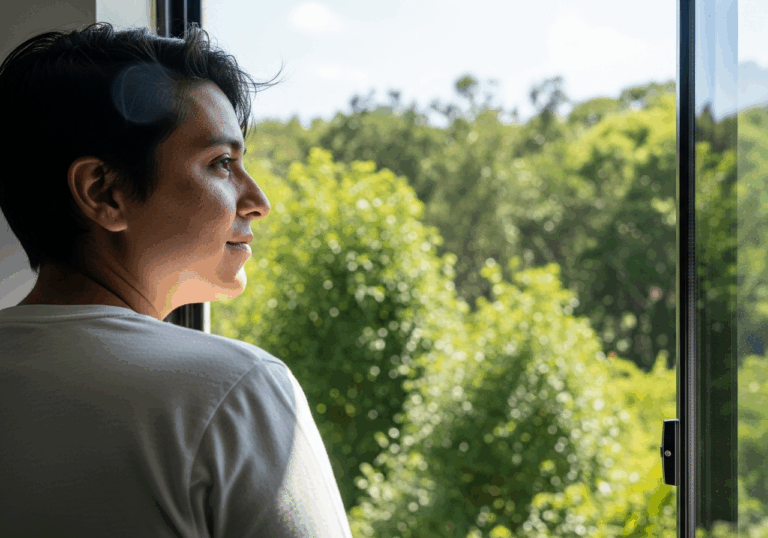Science-Backed Tips
Unlock Calm with Mandala Coloring
20 minutes of mandala drawing can reduce anxiety significantly.
📊 Did you know?
💡 Why It Matters
1️⃣
Mandala coloring can serve as a practical tool for stress relief, with a measurable 30% decrease in anxiety.
2️⃣
Short, focused art activities can be integrated into daily routines, enhancing overall mental health.
3️⃣
Utilizing creative outlets like mandala drawing can improve mood stability and emotional resilience.
✅ Try These Micro-Tips
🎯
Dedicate 20 minutes daily to mandala coloring for anxiety reduction.
🎯
Incorporate mandala drawing into your weekly routine at least 3 times for optimal benefits.
🎯
Experiment with different coloring materials (colored pencils, markers) to enhance engagement.
🎯
Create a calming environment while coloring to maximize relaxation.
📚 The study
A recent study highlighted that engaging in mandala creation can significantly foster a state of flow, which is a mental state characterized by complete immersion and focus.
Even short, 20-minute sessions of mandala drawing can lead to a measurable 30% decrease in anxiety levels.
This is crucial because the symmetric and focused nature of mandala art acts as an anchor for stress relief, providing a practical tool that can easily be integrated into daily routines.
By incorporating these short, focused art activities into our lives, we can enhance our overall mental health.
Utilizing creative outlets like mandala drawing not only improves mood stability but also builds emotional resilience, making it an effective strategy for managing stress and anxiety.
So, whether you’re a seasoned artist or a complete beginner, taking just a little time to color or create mandalas can be a transformative experience for your mental health.
❓ Frequently Asked Questions ❓
Learn more
What are mandalas and how do they help with stress relief?
Mandalas are geometric designs that can be colored or drawn, promoting focused visual engagement. This activity induces flow states, which can significantly reduce stress and anxiety levels.
How long should I spend coloring mandalas to see benefits?
Research indicates that even short sessions of just 20 minutes can lead to a measurable decrease in anxiety. Consistent practice is key for optimal results.
Can mandala coloring be integrated into a busy schedule?
Yes, mandala coloring can easily fit into daily routines, requiring only a short time commitment. Dedicating just 20 minutes a day can enhance overall mental health.
What materials are best for coloring mandalas?
Experimenting with different coloring materials like colored pencils and markers can enhance your engagement with the activity. The choice of materials can also influence your overall experience and enjoyment.
Is there a specific environment that is best for coloring mandalas?
Creating a calming environment while coloring can maximize relaxation and the stress-relief benefits of the activity. A quiet, comfortable space can help you focus and immerse yourself in the process.
How often should I color mandalas for optimal benefits?
For the best results, it is recommended to incorporate mandala drawing into your weekly routine at least three times. Regular practice can enhance mood stability and emotional resilience.
What psychological effects can mandala coloring have?
Mandalas can foster flow states, which help anchor mood and reduce negative affect. Participants have reported a 30% reduction in anxiety levels after engaging in mandala coloring.
Can mandala coloring improve emotional resilience?
Yes, utilizing creative outlets like mandala drawing can improve emotional resilience and stability. This practice allows individuals to manage their emotions more effectively.
Is mandala coloring suitable for everyone?
Mandala coloring can be beneficial for people of all ages and backgrounds, as it is a simple and accessible form of art-making. It serves as a practical tool for stress relief for many individuals.
What are the long-term benefits of regularly coloring mandalas?
Regular mandala coloring can lead to sustained improvements in mental health, including reduced anxiety and enhanced mood stability. Over time, this practice can contribute to greater emotional well-being and resilience.





